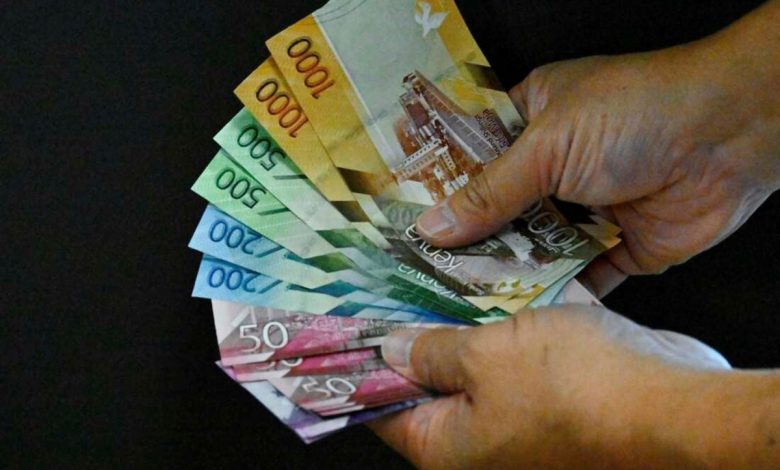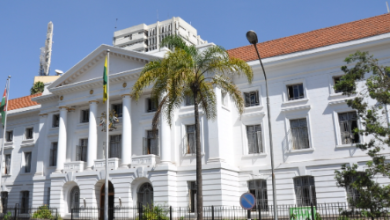The Kenya Shilling Likely to Remain Stable – Analyst

From late last year, spilling over to 2024, investors exhibited jittery concerns regarding Kenya’s debt sustainability. This was however cooled down by the government’s candid move to go for a US$ 1.44 billion eurobond buyback in February in a bid to settle the soon maturing 2024 US$ 2 billion euro bond, accounting for about 72.3% of the principal amount.
Last week, the government resorted to using part of the US$ 1.2 billion Development Policy Operations (DPO) loan approved by the World Bank Board to settle the remaining part of the Eurobond falling due on 24th June 2024.The Shilling has been on a bullish run with very high volatility at the initial stages from highs of KSh 163 to lows of KSh 127 in the last six months.Additionally, interest rates on government securities have been sustainably high, with investors riding the tide whilst the government keen on preventing locking in high borrowing costs over the long term.The strong performance was buoyed by long term transitory effects of the tightened monetary policy in the hindquarter of 2023, the Eurobond buyback and the IFB1/2024/8.5 bond issued in February 2024 which attracted dollar denominated inflows with a whooping 412.4% subscription rate.
“The successful partial refinancing of the Kenya 2024 Eurobond delivered a decisive boost of confidence to investors, whereas the complementary set of liberal reforms to the foreign exchange interbank market helped the Kenya shilling achieve greater price discovery,” Ronny Chokaa, Senior research analyst at AIB-AXYS AFRICA told The Kenyan Wall Street .
With the ranging shilling against the greenback, which signals stability, questions of “for how long?” still linger, mirroring cautious optimism.
What is in Store for the Shilling for the Next Half?Central Bank of Kenya (CBK) Governor Kamau Thugge noted during the June 6 Monetary Policy Committee press brief, that there has been more supply of inflows mirroring a fairly stable shilling. “We don’t see significant weakening or strengthening, there should be stability in the exchange rate,” he added.
“Looking ahead, I anticipate range-bound volatility on the Kenya shilling, driven by mixed expectations on the path of global interest rates coupled with muddled prospects on the current account balance,” Chokaa added.
Forex ReservesForex reserves remain slightly below the statutory 4 months of import cover, with latest data from CBK showing US$ 6,981 million, enough to cover about 3.6 months of import cover.
“Attractive real yields offered by CBK should attract further foreign direct inflows to the economy. This, coupled with ongoing agreements with multilateral lenders such as the World Bank and the International Monetary Fund, should afford a fairly stable reserves balance over the medium term,” he added.
Kenya’s Debt Sustainability“Broadly, Kenya’s debt management strategy has remained sound and prudent albeit with various loopholes for optimization. The present value of Kenya’s debt to GDP ratio of 64.4% – while below the IMF’s recommended threshold of 55% – remains within manageable thresholds. Yet at the same time, faster growth in tax revenue collections will be imperative to sustain and to prudently meet all outstanding liabilities. The move by the government of Kenya to refinance some of its bullet bond obligations has served to smooth out the maturity profile of all outstanding liabilities and thereby minimizing Dollar liquidity risks,” he added.
Inflation has been edging around the 5.0% midpoint target range, with the central bank keen on anchoring inflationary expectations while stabilizing the exchange rate. The Monetary Policy Committee maintained the Central Bank Rate at 13% in their June meeting.
See Also:
Traders View: Unlocking Factors Influencing the Kenya Shilling’s Performance
ADVERTISEMENT



